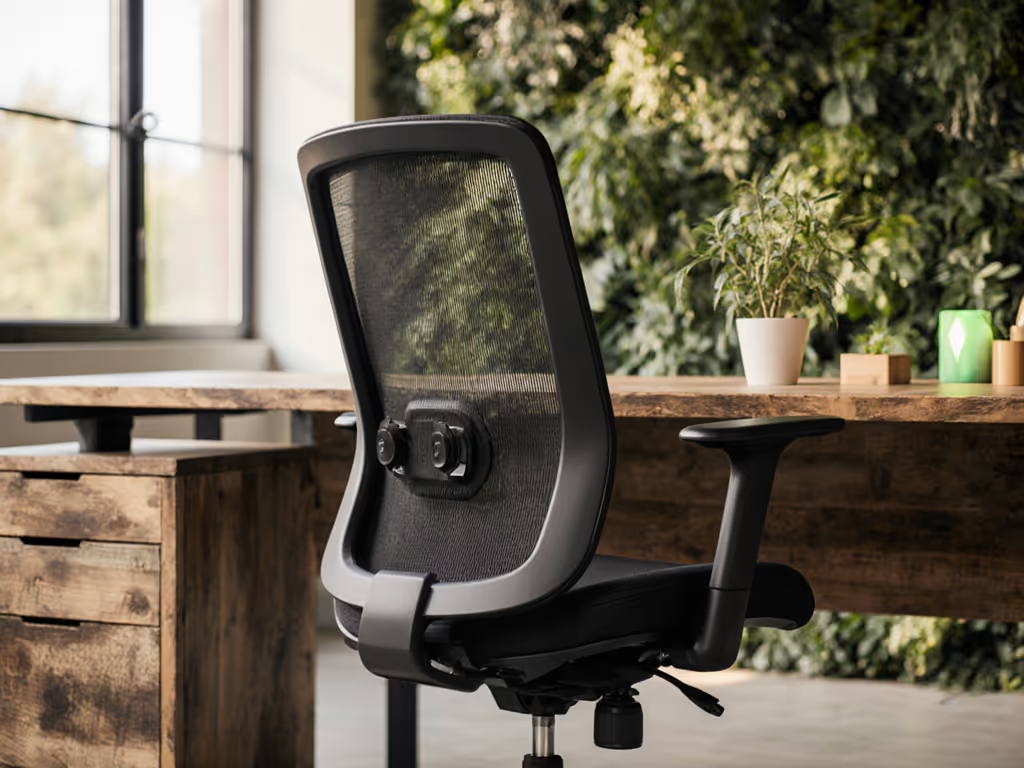
Spinal Motion Science: Why Ergonomic Chairs Need Dynamic Design
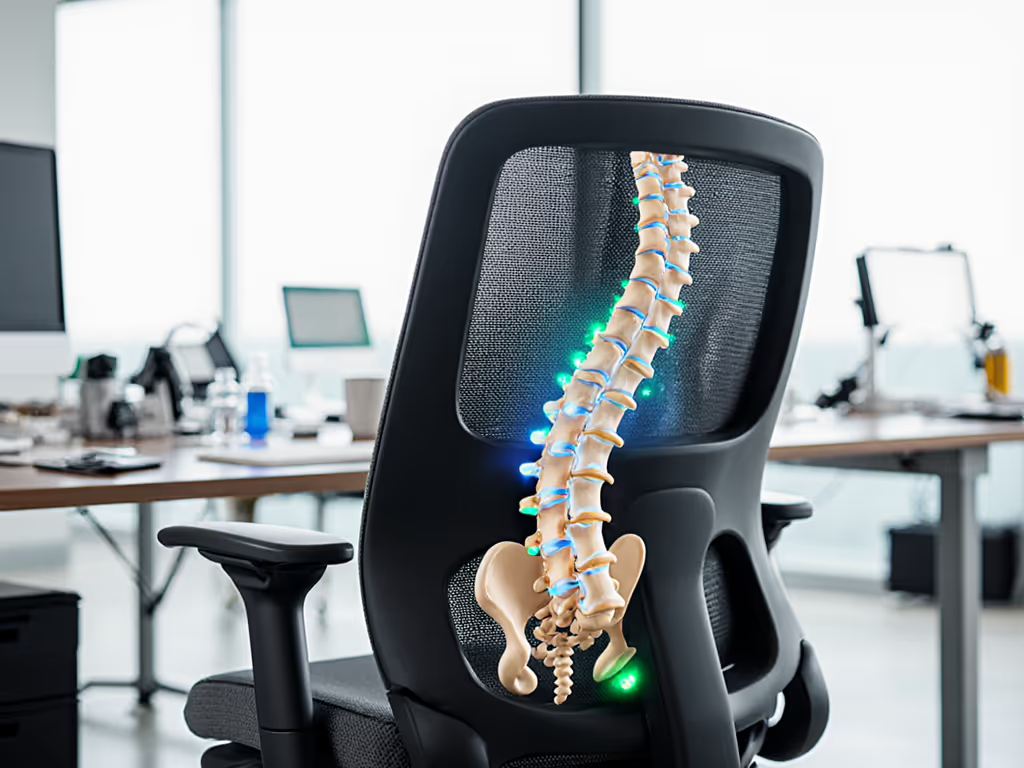
When you invest in an ergonomic chair, you're not just buying comfort, you're investing in the science of ergonomic seating that actively supports your spine's natural rhythm. Too many chairs trap us in static poses, ignoring how our bodies crave subtle shifts during prolonged sitting. Real ergonomics isn't about locking into one 'perfect' posture; it's about enabling continuous micro-movement within safe alignment. As a lifecycle analyst who's measured chairs from purchase to landfill, I've seen firsthand how designs ignoring spinal motion fail users (and the planet). Let's dissect why dynamic seating isn't a luxury, but a physiological necessity.
Why does sitting still cause pain, even in 'ergonomic' chairs?
Your spine isn’t designed for rigidity. During static sitting, pressure concentrates on just 20% of your lumbar discs, far exceeding natural load distribution. A 2024 BMC Musculoskeletal Disorders study confirmed this: 39% of workers developed clinically significant sitting-induced pain within hours, regardless of chair type. Why? Most chairs treat your spine like a statue, not a living system. The physiology of sitting reveals that blood flow to spinal discs relies on movement. When you stop shifting, nutrient exchange slows, and discs dehydrate, leading to stiffness and pain. Even chairs with lumbar support become prisons if they don’t allow pelvic rotation or spinal flexion.
True ergonomics respects that your spine breathes through motion.
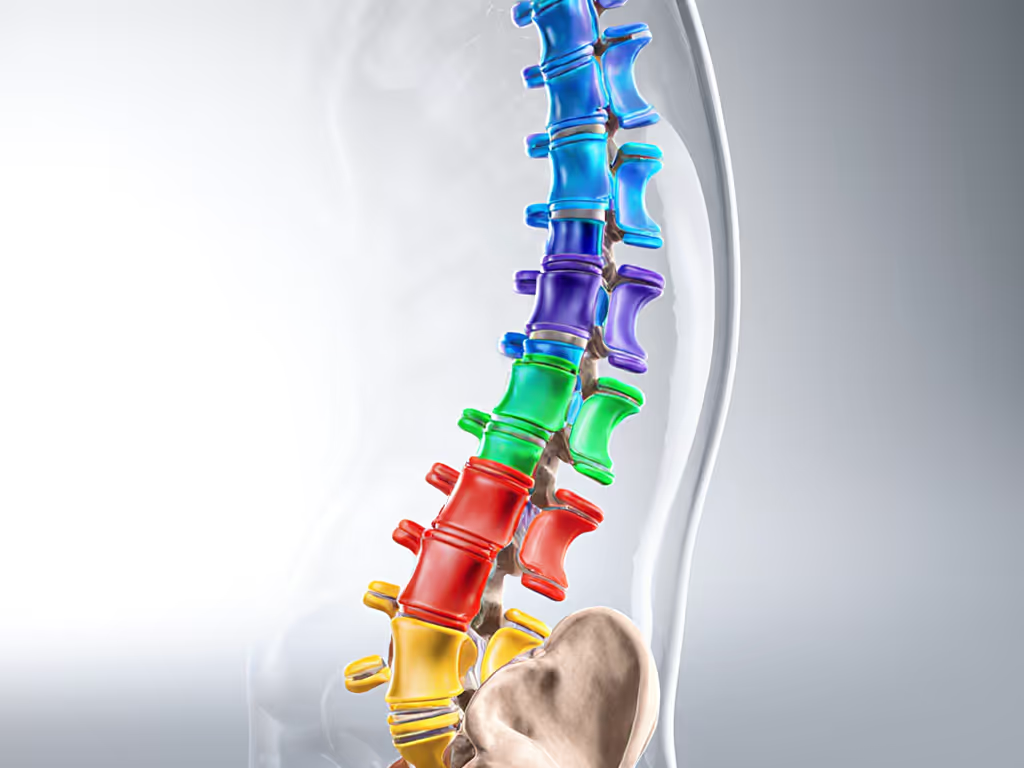
How should dynamic sitting science actually work?
Look beyond marketing fluff like 'active posture', real dynamic sitting science leverages three biomechanical truths:
- Pelvic anchoring: Your pelvis must tilt freely (anterior/posterior) to maintain lumbar curve. Fixed seat bases prevent this, forcing slouching.
- Micro-movement pathways: UC Berkeley research shows mesh seats (vs. foam) increase beneficial micromotion by 23%, reducing static muscle fatigue. But only if the chair’s geometry permits it.
- Weight transfer systems: As Herman Miller’s pressure mapping proves, reclining should smoothly shift 30-40% of load from seat to backrest, without collapsing your lumbar curve.
A chair failing this isn’t ergonomic; it’s a ticking time bomb for your lower back. I recall auditing a coworking space where 70% of discarded chairs had seized recline mechanisms. Users couldn’t move with the chair, they fought it. The ones with fluid tilt kinematics? They outlasted others by 2+ years. Buy once, maintain well, and the chair returns the favor.
What specific adjustments prevent 'static fatigue'?
Forget 'one-size-fits-all' adjustability. Precision matters for your body dimensions:
- Seat depth: Critical for petite (<5’4”) or tall (>6’2”) users. Too deep? Thigh pressure cuts circulation. Too shallow? Lumbar loses support. Solution: 2+ inches of depth adjustment, verified by measuring your sit-bone-to-back-of-knee distance.
- Armrest pivot: Static arms force shoulders up, straining necks. Solution: 3D arms that swing inward and rotate vertically (e.g., for drawing or typing).
- Recline tension: Must match your weight, not preset 'medium' resistance. A 150lb user in a chair tuned for 200lb bodies gets zero support when reclining.
When testing chairs, I audit whether adjustments stay put. For step-by-step adjustments, see our adjustable chair setup. Wobbly mechanisms aren’t just annoying, they signal poor engineering. Over time, drift misaligns your spine. Durability and biomechanics are inseparable.
How does heat buildup sabotage dynamic movement?
Breathability isn’t just comfort, it’s motion enablement. Foam seats trap heat, making users avoid reclining (to escape 'stuck' heat). Mesh seats (per UC Berkeley’s 3-hour trials) reduce thermal discomfort by 31%, encouraging natural weight shifts. But note: not all mesh is equal. Low-tension weave sags, losing topographical neutrality. High-tension knit maintains even pressure distribution, critical for pressure-sensitive users. If your chair makes you choose between coolness and support, it’s biomechanically flawed.
Why does repairability belong in ergonomics discussions?
Here’s where sustainability meets science: chairs designed for disassembly support dynamic function longer. A bolted frame with published parts lists (like certain modular designs) lets you replace worn tilt mechanisms before they cause misalignment. Contrast this with welded bases where a single seized part dooms the whole chair. I’ve rebuilt chairs missing 40% of parts because service docs existed. Those without? Straight to landfill. Design for a second life isn’t just eco-rhetoric, it’s ensuring your chair’s biomechanics stay intact for years.
What should you demand from 'ergonomic' claims?
Cut through the noise with these evidence-based checks:
- Pressure mapping data: Does the brand publish third-party tests showing even load distribution across body types? (Not just 'lumbar support exists'.)
- Movement range specs: e.g., 'Seat depth: 15.7-20.5 inches' (not 'adjustable').
- Recline kinematics: 'Backrest moves with pelvis via synchronous mechanism' beats 'multi-tilt'.
- Repair pathways: Published service manuals? Replaceable suspension mesh? Local warranty support?
A chair passing these tests doesn’t just relieve pain, it respects your body’s need for motion. And that respect extends to the planet: when components last, less waste burdens future ecosystems.
Final Thought: Your Chair Should Move With You, Not Against You
Ergonomic excellence means designing for the body’s constant, subtle shifts, not forcing stillness. The science of ergonomic seating proves chairs enabling natural movement reduce disc compression, improve circulation, and slash fatigue. But it only works if the chair’s engineering endures. Next time you’re shopping, ask: 'Can I adjust this to my spine, and will it stay precise for 5 years?' Audit the materials, the adjustability range, the service pathway. Because sustainable comfort isn’t a color or a logo, it’s a maintenance pathway you can actually walk.
Further Exploration: Measure your pelvic width and sit-bone distance before shopping. Consult ISO 9241-5’s neutral posture guidelines. Then, demand brands prove their chairs support your motion, not just display 'ergonomic' on a tag.
Related Articles

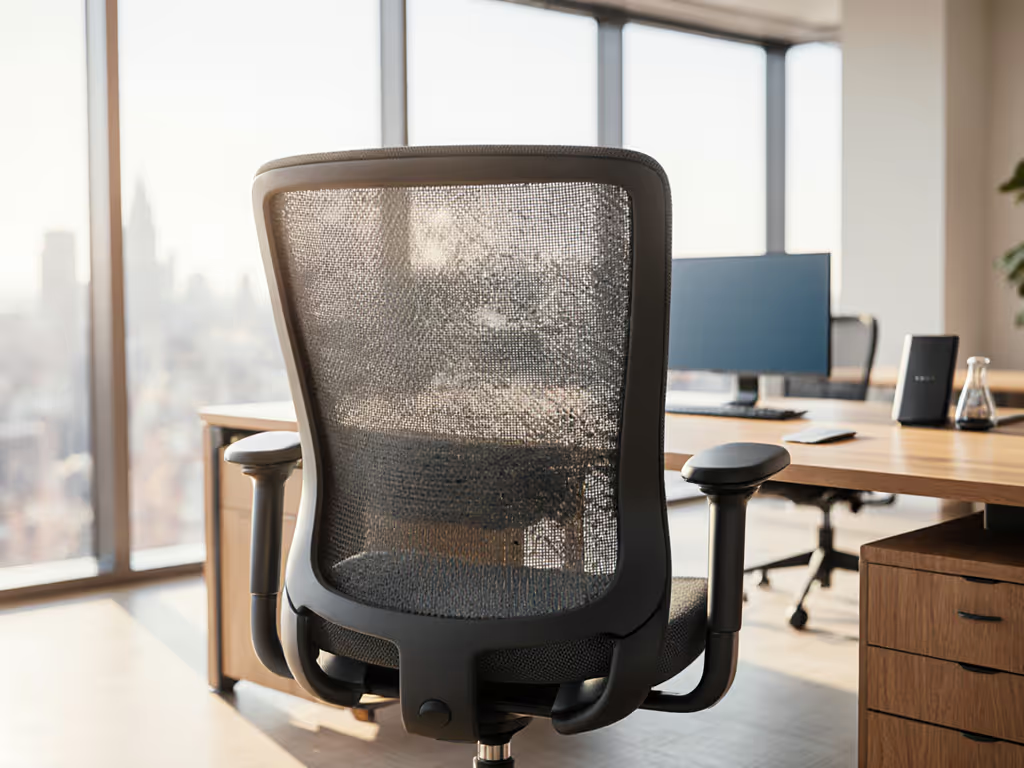
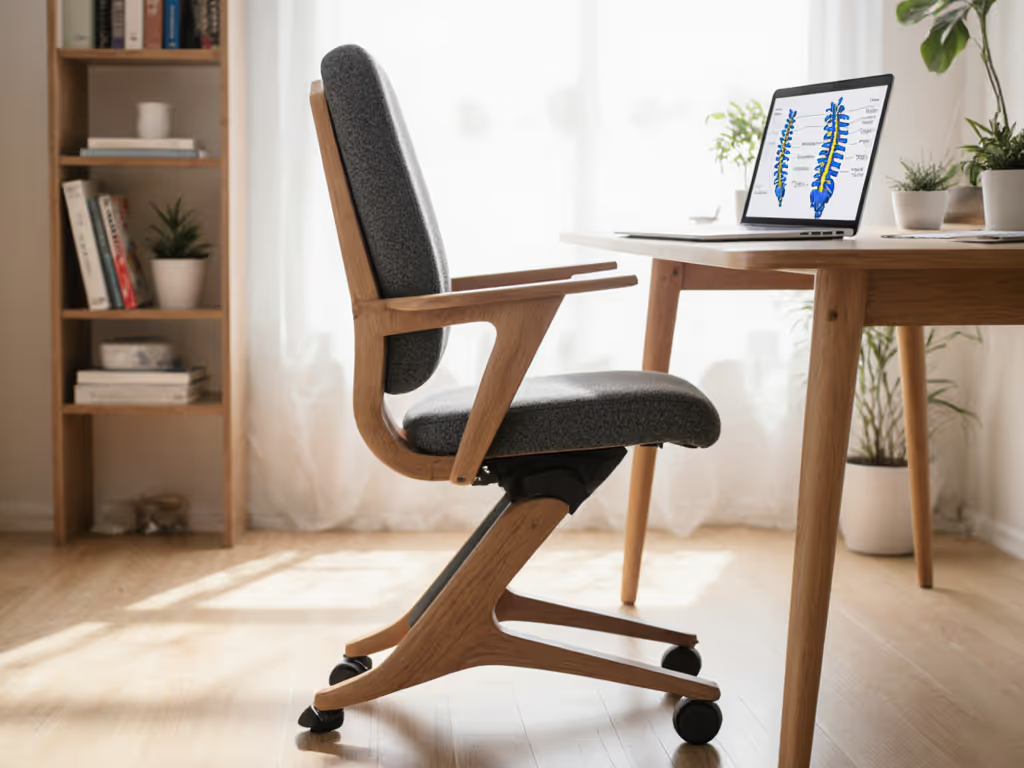
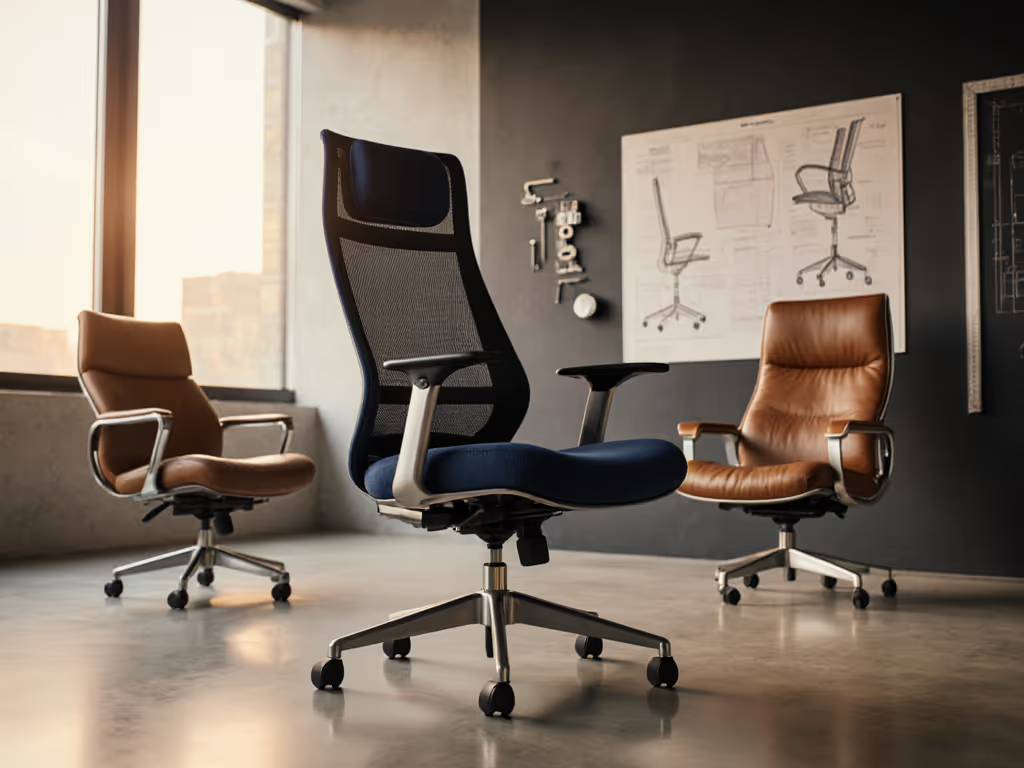
Ergonomic Chair History: Moving Beyond Fixed Postures
See why the most effective chairs prioritize movement over fixed alignment, tracing innovations from early swivel designs to NASA’s neutral posture. Get practical guidance on the features and small adjustments that foster micro-movements to reduce strain and improve comfort.
